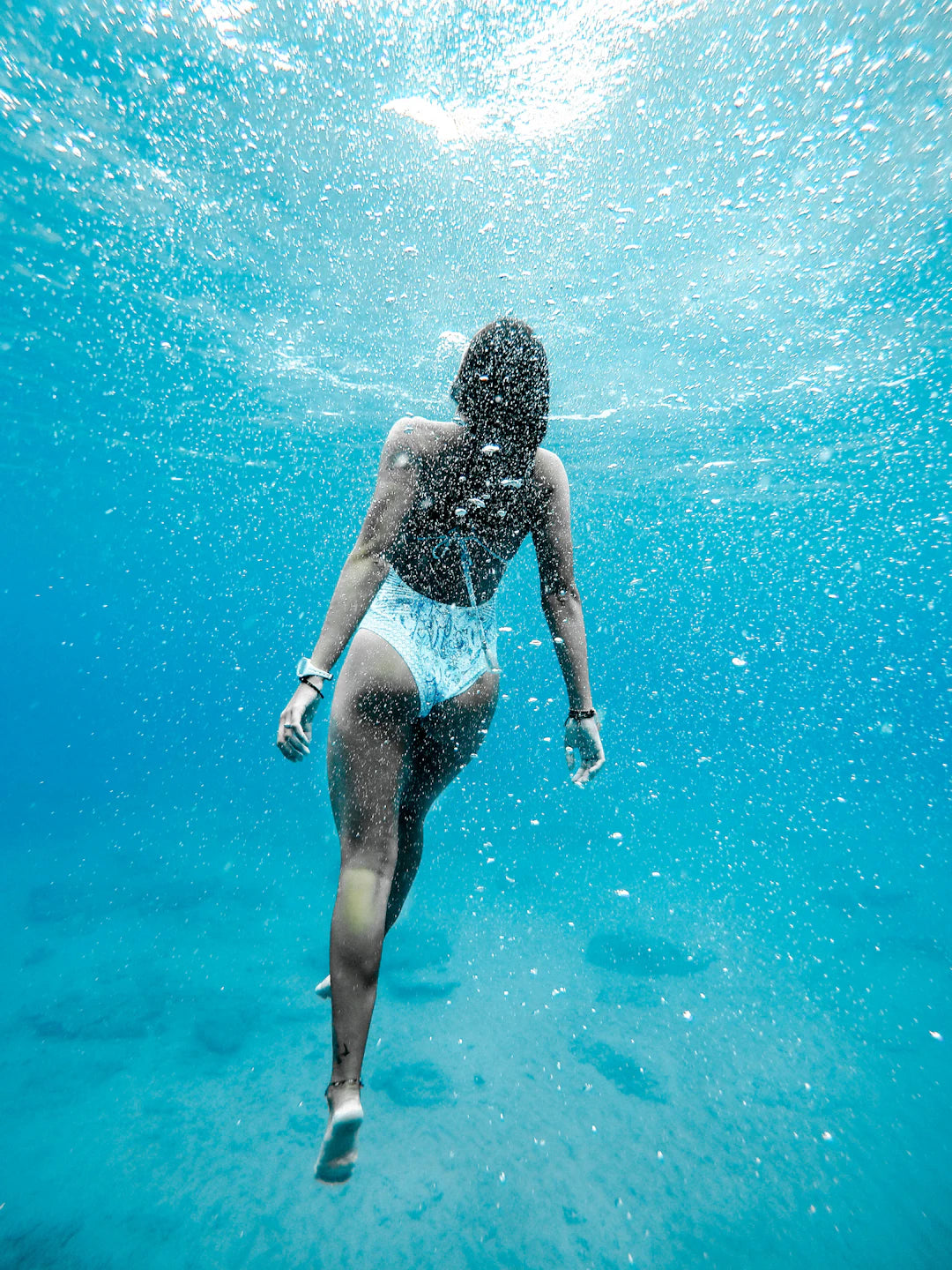Swimming is more than just a recreational activity; it holds profound cultural significance across the globe. From ancient civilizations to modern-day practices, the art of swimming has transcended time and geography, often intertwining with the identities and traditions of diverse societies. As we explore the cultural relevance of swimming worldwide, we’ll also discuss the essential gear that enhances the experience, such as comfortable swim goggles, swim caps, swim ear bands, and more.
A Historical Perspective on Swimming
Swimming has been an integral part of human existence for thousands of years. The earliest evidence of swimming dates back to ancient paintings found in the cave of Lascaux in France, depicting swimmers around 10,000 years ago. Ancient Egyptians revered water for its life-sustaining properties, often showcasing swimming in their art. The significance continued through ancient Greece and Rome, where swimming was considered a vital component of education and physical fitness.
Swimming and Health Through the Ages
Throughout history, swimming has been associated with health and wellness. In ancient Rome, public baths were a hub of social interaction, while in many cultures, swimming was tied to rites of passage and rituals. For instance, in Pacific Island cultures, swimming is often linked with spiritual beliefs, where water is seen as a source of life and health.
Cultural Events Centered Around Swimming
Across various regions, swimming events and competitions become focal points for community gatherings and celebrations. These events often foster camaraderie and enhance community bonds.
The Olympics: A Global Stage
The Olympics shine a light on swimming as a competitive sport, celebrating the skills of swimmers worldwide. Events such as freestyle, backstroke, and butterfly not only showcase athletic prowess but also reflect the different swimming styles and traditions inherent to various cultures. Athletes equipped with swim goggles and swim caps represent their nations, promoting not only healthy competition but a sense of national pride.
Local Festivals and Swimming Competitions
From the Ganges River in India to the beaches of Hawaii, local culture celebrates swimming through festivals. In these events, traditional costumes may be donned, accentuating the cultural heritage of the people. Participating in such local competitions often allows individuals to connect with both their roots and the nature surrounding them.
Swimming as a Symbol of Freedom
Throughout history, swimming has also been a symbol of freedom. Nations long restricted by geography have found solace in water, utilizing it as a means to explore and assert their identity.
Water and Independence Movements
In the early 20th century, swimming took on added layers of significance for marginalized communities fighting for their rights. For instance, in the United States, public pools became battlegrounds for civil rights during segregation, representing not just a struggle for access to recreational activities but also for basic human rights. The act of swimming became synonymous with liberation and equality.
The Role of Swimming in Modern Culture
Today, swimming continues to be significant both recreationally and competitively. It has evolved into a popular form of exercise embraced by millions. The accessibility of swimming has increased in recent years, with many communities offering programs that promote swimming literacy for all ages.
Swimming in Popular Media
In modern media, swimming finds its representation in films and books, often portraying the sport as a pathway to self-discovery or healing. Movies like "The Way Back" and "Soul Surfer" showcase how swimming can aid in personal growth. Additionally, social media platforms are filled with influencers promoting swimming as not just a sport but a lifestyle, further increasing its cultural relevance.
Swimming Across Cultures
Diverse cultures around the world display unique relationships with swimming, viewing it through various lenses.
Indigenous Cultures
For many Indigenous peoples, swimming is a tradition steeped in history. These communities regard water as sacred, and swimming serves as an embodiment of that respect. Children learn to swim early on, often as part of their cultural education, ensuring these practices are passed down through generations.
Beach Culture and Community Identity
In coastal towns and cities, swimming and beach culture create unique identities. Surfing, beach games, and swim competitions unite communities, fostering a sense of belonging. Notable locations like the Gold Coast in Australia or Coney Island in New York reflect how swimming shapes local cultures and economies.
The Essentials: Gear for Enhanced Swimming Experiences
Whether swimming for leisure, competition, or cultural events, the right gear is essential. Let’s explore some of them:
Comfortable Swim Goggles
One of the most popular accessories is comfortable swim goggles. Ensuring clear vision underwater, they are essential for both recreational and competitive swimmers. Various designs cater to different face shapes and swimming styles, helping swimmers achieve optimal comfort and efficiency in the water.
Swimming Caps
Swim caps are another vital piece of swimming gear. Not only do they help keep hair dry and free of chlorine, but they can also streamline a swimmer's look in the water, reducing drag. For competitive swimmers, the right cap can make a significant difference.
Swim Ear Bands
For those sensitive to water in their ears, swim ear bands provide protection and comfort, allowing swimmers to enjoy their experience without discomfort. This accessory is especially popular among children and those who frequent swim practices or competitions.
Empowering the Next Generation
Swimming promotes confidence and safety, particularly among younger generations. Teaching children to swim not only equips them with a crucial life skill but also teaches respect for water. Schools and community programs are now emphasizing swimming classes, helping to reduce the incidence of drownings while fostering cultural appreciation for swimming.
Community Programs
Many cities have initiated programs aimed at promoting swimming among youth, particularly in economically disadvantaged neighborhoods. By providing access to swimming facilities and professional coaching, these initiatives empower children while instilling a sense of community pride.
The Final Splash: Celebrating Swimming Globally
As we've explored, swimming serves as a cultural symbol deeply ingrained in societies across the globe. It carries historical significance, nurtures community bonds, and stands as a testament to the resilience of the human spirit. Whether you're donning swimming goggles for a competition, slipping on your swim caps for a local festival, or enjoying the refreshing embrace of water, swimming is a celebration of life itself. Let us cherish this universal activity that continues to unite cultures, promote wellbeing, and inspire future generations.










